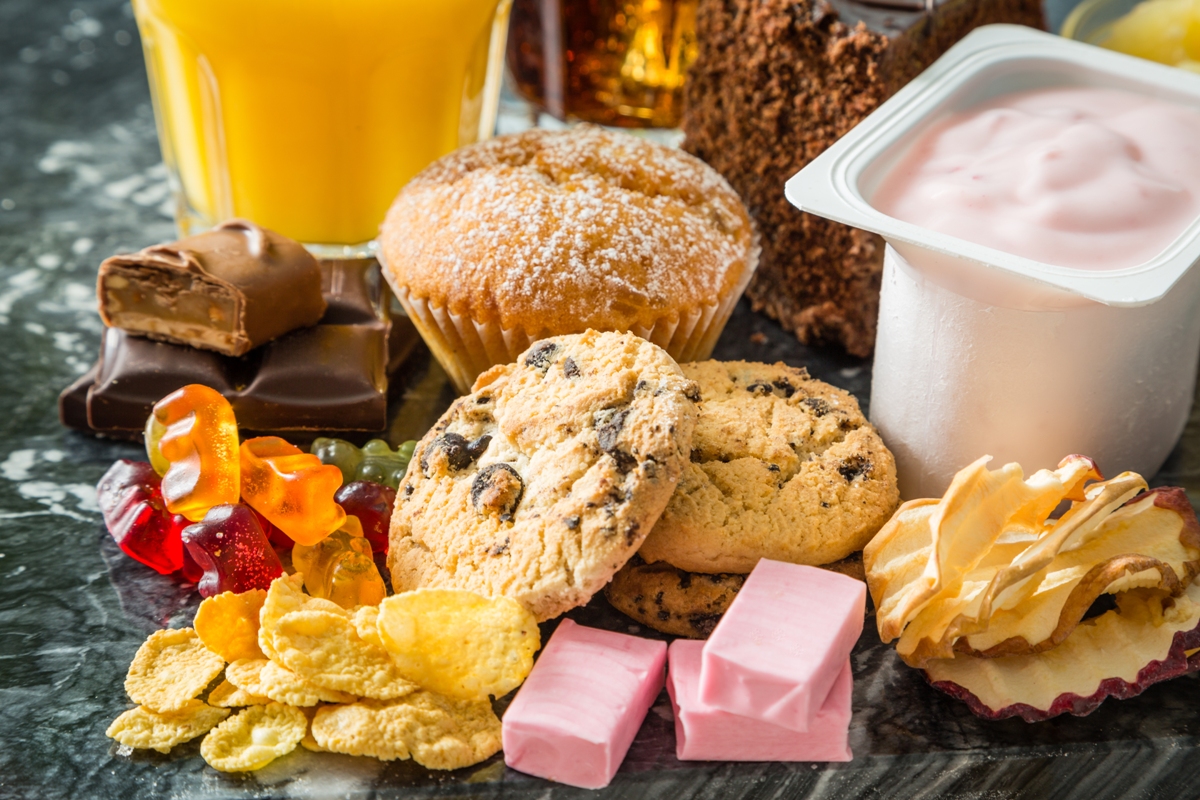Unfortunately, the sugar you knowingly consume isn’t the only sugar entering your body…so much food we surround ourselves with these days can have hidden sugars we wouldn’t know about at all!, writes Dr Nandini Saini
Sugar is relished by all- as a sweetmeat, to sweeten your tea or coffee, chocolates…to name a few ways in which we indulge. Though most of us know the adverse effects of sugar, how harmful it can be, few are able to actually resist it.
Unfortunately, the sugar you knowingly consume isn’t the only sugar entering your body…so much food we surround ourselves with these days can have hidden sugars we wouldn’t know about at all!
The WHO suggests that adult sugar intake should not be more than 5 % of our daily food intake, approximately 6 tsps. a day. Admittedly, most of us are aware of the effects Sugar can have on our health- diabetes, cardiovascular diseases, obesity to name a few. Knowing this, we try to avoid excessive sugar intake, such as in chocolates and cold drinks, opting for “healthier options”.
But do you know how unhealthy these options can be?
Sugar in our food is found in three forms:
Natural: This type is a part of the structure of vegetables and fruits.
Free sugar: A part of fruit juices, honey, etc.
Added sugar: This is added to food while processing it, or at the time of eating.
A lot of food which we perceive as being healthy can have the element of hidden sugar – dry fruits, juices, cereals, health bars. We unknowingly consume these, harming our body.
So, how do we detect this hidden sugar?
READ THE LABEL
It’s surprising how much information the label attached to each product can give us, if only we take the time to study it. Let’s have a look!
- Check the amount of sugar per 100 Gms of the food stuff; if the sugar content is 5 %, or between 5 to 10 %, it’s reasonably good. If more than 15%, preferably avoid the product. Also, do not go by serving size, as it varies for different individuals.
- Educate yourself. There are more than 60 names for added sugars, so you need to read the label carefully. Look out for words like “syrup”, “ose (fructose, lactose)”, or the word “sugar (raw sugar, cane sugar). These are clear indicators of extra, hidden sweet in your food. Better to avoid.
Examples of foods with added sugar:
- Cereals: Don’t let the words “whole grain” or “fortified” fool you, most cereals contain some percentage of added sugar.
- Packaged Food: Bread, biscuits, chips- all contain added sugars. Check the label before adding it to your cart.
- Canned Juices: Sugar is added as a preservative, to keep the juices from spoiling. Always prefer freshly extracted juiced, in fact, have the fruit instead!
- Flavored yogurt: Most people think of yogurt as a healthy snack option…and flavored ones are very popular. You’ll be surprised how much sugar is added to them to enhance the taste. Go in for a plain yogurt instead, and add it to your fruit.
We all know and acknowledge the damage sugar can do to our heart and kidneys; however, one of the most common and easily ignored victims of sugar are your teeth…the bacteria on your teeth break down the sugar into acids, causing erosion of the enamel and cavities. You can protect your teeth by drinking water after indulging in sweet food or gargling…sometimes, drinking milk or having a few nuts can help by reducing the acidity.
Saying goodbye to sweets is difficult, but be cautious…read the labels!
Also Read –








